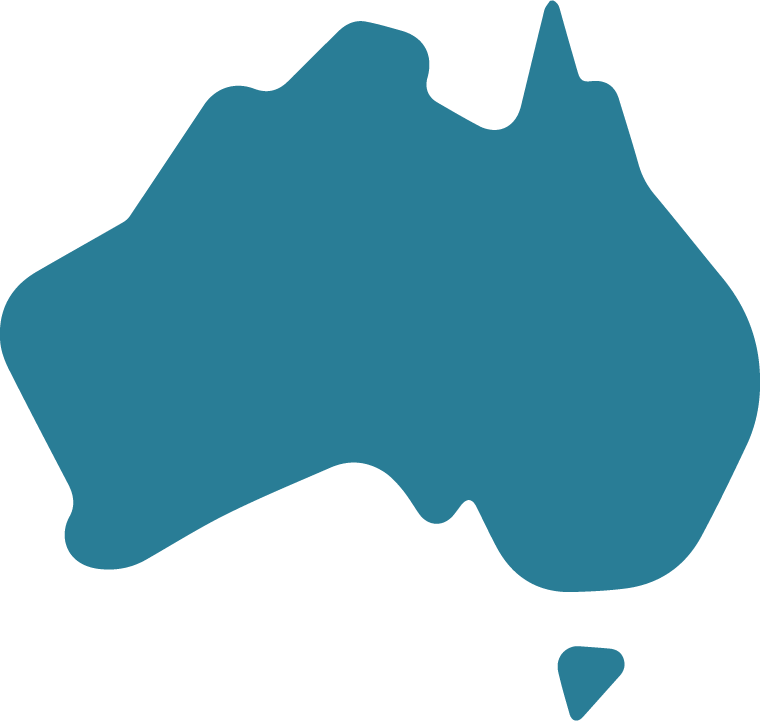Summary
In 2019–20, an estimated $202.5 billion was spent on health goods and services in Australia. This equated to an average of approximately $7,926 per person and comprised 10.2% of overall economic activity.
After adjusting for inflation, total health spending (recurrent and capital) was 1.8% more than in 2018–19. This was lower than the average yearly growth rate over the decade to 2019–20 (3.4%).
The COVID-19 pandemic affected every aspect of the health system towards the end of the 2019–20 financial year. Governments spent $4.5 billion ($2.5 billion by the Australian Government and $2 billion by state and territory governments) as part of the National Partnership on COVID-19 response (NPCR), including $1.1 billion on hospital services payments, $2.8 billion on state public health payments, and $0.5 billion on private hospital financial viability payments. Note that this does not include governments’ spending outside the scope of the NPCR.
As in previous years, governments funded around 70% of health spending – $86.4 billion by the Australian Government and $56.2 billion by state and territory governments.
In contrast to previous years, the ratio of government health spending to tax revenue increased in 2019–20 to 26.3% (from 24.2% in 2018–19). This appears to have mostly been driven by reduced tax revenue as a result of the COVID-19 pandemic.
While government health spending increased by 5.0% in 2019–20, non-government health spending showed a substantial reduction in real terms. In 2019–20, non-government entities (including individuals, private health insurance providers, injury compensation insurers and other private sources) spent an estimate of $59.9 billion on health (5.2% less in real terms than 2018–19). Individuals were the largest contributor to this decline, with spending of $29.8 billion being 7.6% less than 2018–19.
During 2019–20, spending increased on most areas of health. The greatest increases in recurrent spending were for:
- hospitals, a $2.3 billion (2.9%) increase in real terms. The $83.5 billion spent on hospitals was equivalent to 41.2% of total health spending. This growth in hospital spending appears to have been more related to COVID-19 measures to ensure that the system was prepared than with routine hospital activity. The actual activity in hospitals declined in 2019–20 from 2018–19 levels.
- primary health care, a $0.4 billion (0.6%) increase in real terms. Of the $66.9 billion spent on primary health care, $13.3 billion was on unreferred (mainly general practice) medical services, $12.9 billion on subsidised pharmaceuticals and $11.9 billion on other medications.





